
If you bite into homemade fudge and it's crunchy or sandy, not creamy, there's a reason—and it's almost always about how the sugar behaves. Smooth fudge comes down to controlling those stubborn sugar crystals. Once they start multiplying at the wrong time, you're stuck with grit.
The trick? Managing the boil, the cool, and the mix, so sugar melts, dissolves, and then re-crystallizes just right. It’s not about expensive tools or fancy ingredients. It’s about timing, temperature, and knowing a couple science-backed secrets that work every time.
Before you give up on fudge for good or swear off candy thermometers forever, there are a few simple fixes that can turn almost anyone into a fudge master. It’s not luck in the kitchen—it’s all process.
- Why Fudge Gets Gritty
- The Sugar Science Behind Smoothness
- Temperature and Timing Tricks
- Tools and Hacks for Silky Fudge
- Troubleshooting Common Fudge Fails
Why Fudge Gets Gritty
Ever wondered why homemade fudge recipes sometimes turn into a grainy mess? The answer always leads back to sugar crystals. When making smooth fudge, melted sugar needs to stay dissolved and not form big crystals when it cools. If you rush the process or stir at the wrong time, those crystals clump together and your fudge gets that gritty bite we all hate.
So, what actually causes the crystals to get out of hand? Here are the main troublemakers:
- Boiling too fast or too low. If your mixture doesn’t hit the right temperature (usually around 234°F to 238°F), sugar doesn’t dissolve fully or starts clumping.
- Stirring at the wrong time. Stirring before the mixture has cooled enough triggers crystals to join forces, leading to the dreaded grit.
- Not dissolving sugar at the start. If every grain of sugar doesn’t melt before your mixture comes to a boil, you’re inviting texture problems.
- Impurities on the pan or spoon. Tiny bits of undissolved sugar or a dirty spoon create spots where crystals can form.
The majority of gritty fudge cases can be traced to one of these mistakes. Sugar is finicky—just one forgotten step and your batch can go wrong quickly.
Professional candy makers are obsessed with avoiding big crystals. That’s why they talk so much about keeping things super clean, heating slowly, and never stirring too soon. It might sound fussy, but one moment of rushing and you’ll taste the difference in your fudge.
The Sugar Science Behind Smoothness
The real backbone of smooth fudge is sugar—and what that sugar does as you cook, cool, and stir your batch. Sugar doesn’t just melt away and stay gone. It wants to turn back into crystals, and if those crystals start forming too soon or go wild during mixing, you’re getting gritty fudge.
Here’s the secret: the goal is to dissolve every single grain of sugar while heating, then control when and how it re-crystallizes as the fudge cools. If you nail this part, the only crystals that form will be tiny, too small to feel on your tongue. That’s what makes fudge recipes so particular—because the texture lives or dies by this science.
Some folks wonder why classic fudge recipes always mention a “soft-ball stage.” That’s sugar at around 234-240°F (112-116°C). At this temp, there’s just enough water left so your mixture doesn’t harden into a block or crumble into sand.
It helps to know that:
- If you don’t let sugar fully dissolve while boiling, large crystals form—think gritty, not smooth fudge.
- If you stir before it cools enough, again, crystals grow too big and ruin the texture.
- Add-ins like corn syrup or marshmallow crème help prevent big crystals by messing up how sugar ladders back together. They’re little insurance policies for those new to the art.
This makes using a candy thermometer a lifesaver. It’s hard to guess when your mixture hits the right temp just by eye or time on the stove. If you’re serious about getting fudge right, it’s the best gadget you’ll use.
| Stage | Temperature (°F) | What’s Happening |
|---|---|---|
| Dissolving Sugar | ~210 | Sugar grains melting away, syrup turns clear |
| Soft-Ball Stage | 234-240 | Perfect for smooth fudge—syrup dropped in water forms a soft ball |
| Cooling | 110-120 | Ready for stirring (beating), tiny crystals are just starting |
In the end, how to make fudge that’s sliceable and creamy? Get the sugar to dissolve, cool with patience, and only start mixing when it’s safe from making those pesky big crystals. It really is that simple, once you get it.
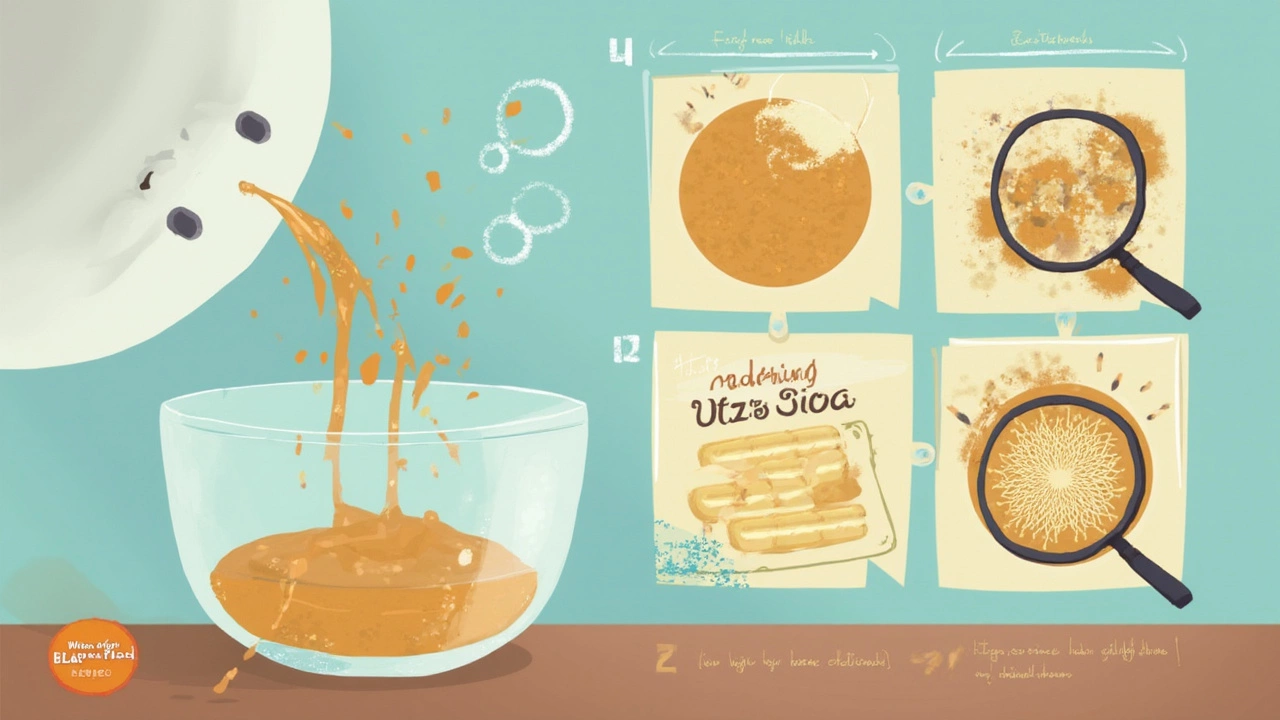
Temperature and Timing Tricks
There’s no way around it: if you want smooth fudge instead of sandpaper candy, you’ve got to master heat and patience. Sugar doesn’t care about your dreams—it only cares about physics. Here’s how to play by the rules and win every time.
First, boiling matters. Always cook the fudge mixture to the precise temperature—usually between 234°F and 238°F (112°C–114°C). Any lower, and your fudge won’t set. Any higher, and it dries out or turns crumbly. A digital candy thermometer is your BFF here—not the back of a cold spoon, not your cousin’s guess.
But hitting the number isn’t enough. Don’t stir the mix as it comes to temperature. That just invites little sugar crystals to start forming way too early, making gritty fudge almost a sure thing.
Once the thermometer hits the sweet spot, take the pan off the heat. Then, let it sit. Just leave it alone until it cools to about 110°F (43°C). This part makes people itchy because it looks like nothing’s happening. But if you start stirring before it cools, you’re asking for trouble.
Here’s a quick breakdown for timing fudge:
- Bring mixture to a boil without stirring; scrape the sides if needed, but don’t overdo it.
- Boil steadily until you hit 234°F–238°F, then remove from heat.
- Let the pan sit—no rushing—until temp drops to 110°F.
- Only then should you start beating or stirring until the color shifts and it thickens.
Rushing or skipping these steps creates gritty fudge nearly every time. Is it slow? Sure. But one misstep, and you’ll get nothing but regret in a pan. Respect the process, and the results will make you proud every single batch.
| Stage | Temperature (°F) | Result |
|---|---|---|
| Soft Ball | 234–238 | Smooth, creamy fudge |
| Below 234 | <234 | Too soft, won't set |
| Above 238 | >238 | Crumbly, dry fudge |
Tools and Hacks for Silky Fudge
If you want smooth fudge every time, don’t just hope for the best—grab some basic kitchen tools that make all the difference.
- Candy Thermometer: The single most important tool for fudge. Sugar needs to cook to somewhere between 234°F and 238°F (that’s the soft-ball stage). If you guess the temp, you’re asking for gritty fudge or soup-like fails. Cheap digital thermometers work just fine.
- Heavy-bottomed Saucepan: Thin pans heat unevenly and cause hot spots, burning your sugar before you know what’s happening. Go with something sturdy if you can.
- Wooden Spoon or Silicone Spatula: Both are solid options for mixing and scraping down the sides, which helps avoid sneaky sugar crystals ruining your smooth fudge.
Now for some clever hacks the pros swear by:
- Brush Down the Sides: A wet pastry brush along the pan edges stops rogue sugar crystals from falling back in. It’s the oldest trick, but it really works.
- Add a Little Corn Syrup or Cream of Tartar: Just a teaspoon or so. These ingredients help prevent crystallization, making for extra silky fudge. Don’t overdo it or you’ll change the flavor.
- Never Stir After Boiling: Once your sugar’s at the right temp, don’t even look at it funny. Letting it cool undisturbed is what lets you beat in the creamy texture later—and why so many fudge disasters start with premature mixing.
- Room-Temperature Butter: Add butter off the heat and let it sit before you beat it in. It helps coat the sugar and stops crystals from forming.
| Common Tools | Purpose |
|---|---|
| Candy Thermometer | Tracks precise temperature for smooth fudge |
| Heavy-bottomed Pot | Prevents burning and uneven heating |
| Wet Pastry Brush | Stops sugar crystals from ruining texture |
You don’t need fancy gadgets or specialty stuff with names you can’t pronounce. Sticking to these tools and a few proven hacks, your fudge recipes will come out smooth, creamy, and anything but gritty.

Troubleshooting Common Fudge Fails
Even seasoned cooks can end up with gritty fudge now and then. The good news? Most problems boil down (pun intended) to just a few avoidable mistakes. Let’s break them down and fix them so your next batch of smooth fudge is spot on.
- Fudge Is Gritty or Grainy: This is the classic headache. Usually, sugar crystals formed too fast or at the wrong stage. If you stir the hot mixture before it cools to around 110°F (43°C), sugar rushes to form crystals, making everything sandy. Solution: Never stir after boiling; wait until it cools.
- Fudge Won’t Set: If your fudge is runny or too soft, the sugar mixture didn’t reach the right temperature (234-238°F or 112-114°C is the magic spot, known as "soft ball stage"). Always use a reliable candy thermometer. Also, weather matters—humid days make fudge sticky.
- Fudge Crumbles or Cracks: Overcooking pulls out too much moisture, so the texture goes dry. If you beat the mixture for too long or too hard after cooling, you can also break up the structure. Gentle and patient makes a difference.
- Weird Texture or Greasy Top: Sometimes fat separates out (that’s the greasy layer) because everything got too hot, or you didn’t mix enough after cooling. Let the mixture rest until lukewarm, then beat until it thickens but is still glossy.
Here’s a quick cheat sheet for common fudge failures and what actually works to fix or prevent them:
| Problem | Probable Cause | How To Fix |
|---|---|---|
| Gritty/Grainy | Stirring too early, undissolved sugar | Don’t stir hot fudge until cooled, reheat with a bit of milk if needed |
| Soft/Runny | Didn’t reach soft ball stage | Return to pan and cook to 234-238°F |
| Dry/Crumbly | Overcooked, beaten too much | Add a splash of cream, reheat gently |
| Greasy/Separated | Fat separated out | Beat longer at lukewarm, don’t overheat |
Quick reminder for smooth fudge recipes: Always go slow, don’t skip the thermometer, and give the mix time to cool before you get out your spoon. And if disaster strikes? Many small slip-ups can be fixed with gentle reheating and a dose of patience.




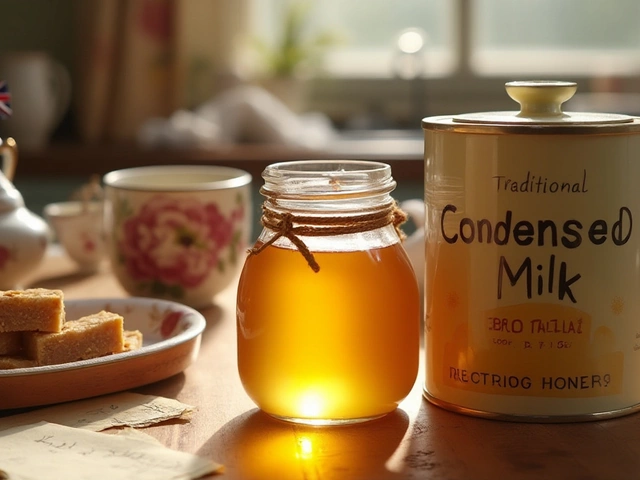

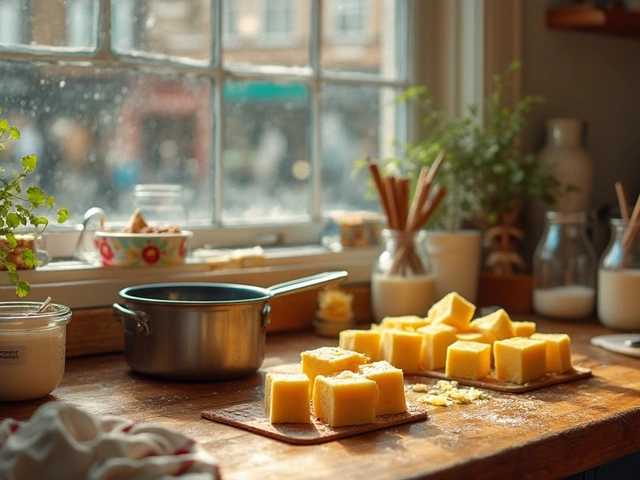
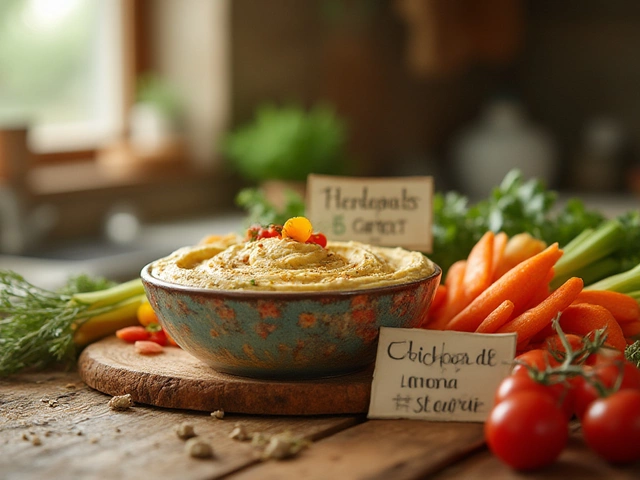
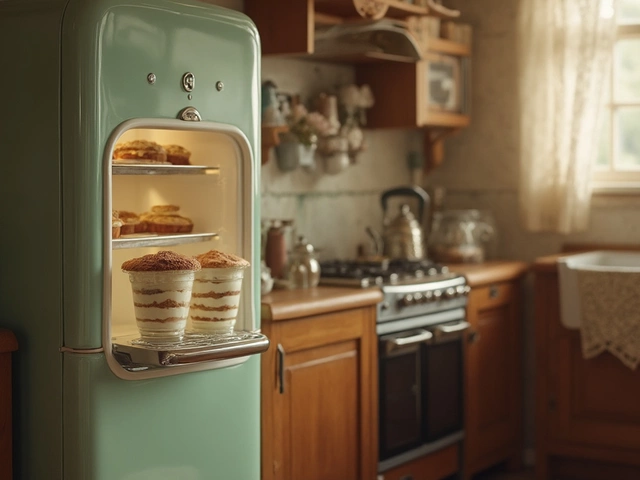
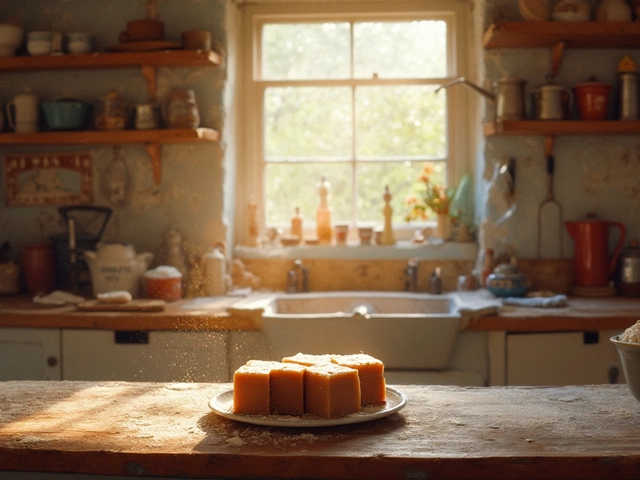


Write a comment